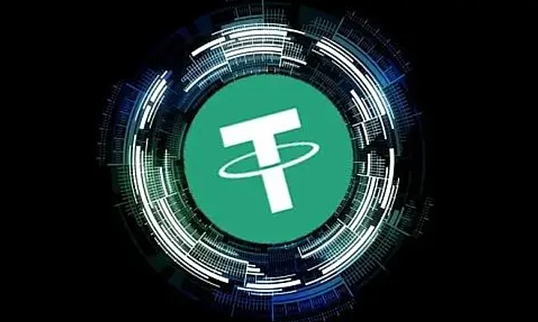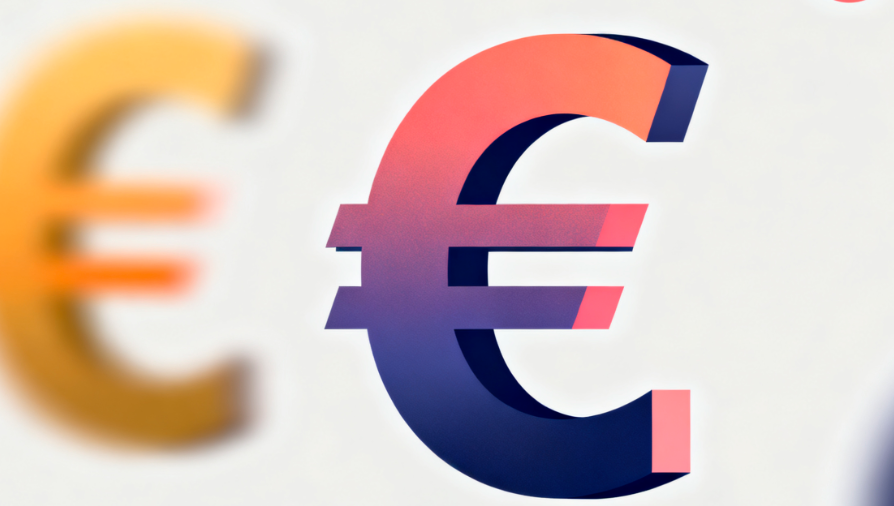
Recently, according to a report by the Spanish financial media "Cinco Días," Spain's Santander Bank announced that it is exploring the issuance of stablecoins together with nine other international banks, including Goldman Sachs, Deutsche Bank, and Bank of America. These banks plan to jointly issue digital currencies pegged 1:1 to mainstream fiat currencies on public blockchain networks, targeting G7 (a political and economic forum of governments from the world's seven major advanced economies, officially comprising the United States, Germany, the United Kingdom, France, Japan, Italy, and Canada) major currencies such as the US dollar, euro, Japanese yen, British pound, and Canadian dollar. They have already engaged with regulators in the relevant countries.
According to a statement, the goal of this collaboration is to "assess whether the new proposal can bring the advantages of digital assets to the financial system and enhance market competitiveness." In other words, these banks hope to integrate the efficiency and innovation brought by blockchain technology into the interbank payment system through the experiment of jointly issuing stablecoins, while ensuring compliance with regulatory requirements.
Around the time of this announcement, major traditional financial institutions have been increasingly active in the digital currency space. In September, the international payment system Swift announced it would collaborate with 30 global banks, including Santander and BBVA, to develop its own blockchain platform to achieve 24/7 real-time cross-border payments.
Simultaneously, similar plans are underway in Europe: Previously, banks including Spain's CaixaBank, the Netherlands' ING, and Italy's UniCredit announced the formation of a consortium, planning to jointly issue a euro-denominated stablecoin in the second half of 2026. Spain's BBVA also announced this year that it will independently launch its own stablecoin, expected to debut in 2026. Furthermore, France's Société Générale, through its digital asset subsidiary, took the lead in issuing a US dollar-collateralized stablecoin. Although its current circulation is only about $30.6 million, it indicates that global banks are actively testing the potential applications of this technology.
The banking industry's attitude towards stablecoins is undergoing a significant shift. Looking back, in 2017, JPMorgan Chase's then-CEO Jamie Dimon publicly called Bitcoin "a fraud" and compared it to the tulip bubble; however, just two years later, the bank launched "JPM Coin" for institutional clients, converting US dollars deposited by clients into equivalent digital tokens for real-time transfers through the bank's internal blockchain.
JPMorgan Chase subsequently stated in related announcements that it would support cryptocurrencies as long as they are properly regulated.
The current stablecoin market size is approaching $300 billion. Although the vast majority of stablecoins are pegged to the US dollar, and nearly 90% of transactions occur on crypto platforms for digital asset exchange, with only about 6% used for payments for real goods or services, their potential as an emerging payment method has garnered significant attention from the financial world.
Bloomberg estimates that by 2030, the annual payment volume of global stablecoins could exceed $50 trillion. JPMorgan analysts also calculated that if overseas users widely adopt stablecoins, it could generate about $1.4 trillion in new US dollar demand by 2027. Although mainstream stablecoins are currently primarily used within the crypto asset ecosystem, if adopted for daily payments, their impact on traditional payment systems and the international monetary landscape should not be underestimated.
JPMorgan Chase stated that its "digital coin" can "reduce counterparty and settlement risks, lower capital requirements, and support instant value transfer," significantly optimizing traditional transaction structures. For multinational banks, issuing their own stablecoins can also help them seize initiative in the global payment network, avoiding complete reliance on the existing US-dominated settlement system.
Of course, regulators worldwide remain cautious about stablecoins. The International Monetary Fund (IMF) warned that, given the current market capitalization of stablecoins, a run on the assets of stablecoin issuers could impact traditional markets such as bank deposits and government bonds. Simultaneously, the IMF pointed out that if US dollar-denominated stablecoins become widely popular, the monetary sovereignty and the effectiveness of monetary policies in other countries could be eroded.
The Financial Stability Board (FSB) has also proposed banning multinational stablecoin projects that are issued simultaneously in multiple jurisdictions to prevent cross-border risk transmission. European Central Bank President Christine Lagarde and Bank of England Governor Andrew Bailey have publicly expressed concerns about the potential risks of privately issued stablecoins.
The Bank for International Settlements (BIS) stated in its latest annual report that although stablecoins bring new functions like decentralized trading, they lack the three core characteristics of traditional money: "uniformity," "elasticity," and "finality," and can only play a supplementary role outside the existing monetary system. The BIS recommended that legitimate applications of stablecoins be channeled into regulated frameworks to prevent them from endangering financial stability.
















